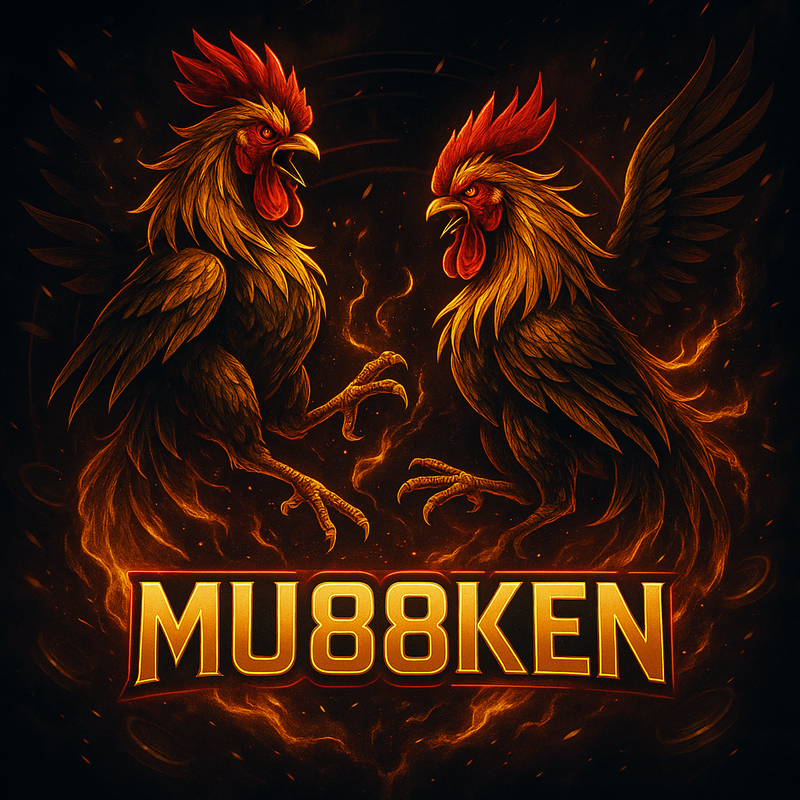Stories from the Coliseum: Epic Cockfighting Battles

Cockfighting has long captivated spectators with its intense displays of animal skills and tactics. This age-old sport, rich in tradition and controversy, serves as a window into cultural traditions that date back thousands of years. From the vibrant arenas filled with enthusiastic fans to the anticipation that hangs in the air, the environment surrounding a cockfighting event is charged. MU88.COM Fans gather to witness fierce battles between carefully bred roosters, each one trained for agility, power, and fighting instinct.
As the roosters step into the ring, they embody the spirit of their trainers and the deep history behind this sport. Each bird’s unique lineage and fighting style contribute to the excitement, making every match a testament to skill and readiness. While the ethical implications of cockfighting are heavily discussed, the stories from the ring highlight the complexities of this tradition, ensuring that its legacy continues to evoke fervor and intrigue among both supporters and critics.
History of Gamecock Fighting
Cockfighting has profound origins in human culture, with evidence suggesting that it originates many centuries. The initial records of this practice can be traced to ancient civilizations in Southeast Asia, particularly in areas like the Indian subcontinent and China. Archaeological findings indicate that fowl were domesticated and reared for combat as soon as 2000 BC, indicating the enduring fascination with the pastime. Its popularity expanded through trade routes, eventually arriving at the Mediterranean region and the Roman civilization, where it became a popular form of leisure activity.
As time passed, cockfighting evolved into a structured sport with distinct rules and standards. In the 16th century, Britain began establishing the activity, linking it to social gatherings and placing bets. The creation of designated areas dedicated to cockfighting contributed to its growth in popularity among the nobility. This era saw the arrival of various breeds, each strategically bred to boost fighting abilities. The sport became so entrenched in the culture of Britain that it was often linked with dignity and bravery, drawing large crowds eager to observe the intense battles. casino MU88
In the 19th century, the sport faced intensified scrutiny and legal opposition. Animal welfare advocates began to campaign against the activity, highlighting concerns about inhumane treatment and the welfare of the birds. By the final years of the century, many nations enacted legislation forbidding the event, leading to its decline in some areas. However, in others, particularly in parts of Asia and Latin America, cockfighting continued to flourish, maintaining its status as a heritage and an venue for socializing. Despite the disputes, the narrative of cockfighting reflects a intricate relationship between humans, struggle, and the environment.
The Art of Raising Fighting Roosters
Breeding fighting cocks is a detailed art that requires deep knowledge of heredity, behavior, and traits. Breeders often select their birds based on lineage, choosing roosters and hens from tested lines with favorable traits for fighting. The goal is to produce offspring that display power, agility, and a competitive spirit. Focus is given to the roosters' physical characteristics, such as muscle development, feather quality, and beak strength, as these can significantly influence their performance in the ring.
The breeding process starts with careful selection and matching of fowl, often taking place in dedicated facilities. Handlers keep track of lineage and performance records, ensuring that they can predict the potential of their hatchlings. It is not just about picking the most robust birds; temperament is equally important. A combat rooster must have not only fierceness but also the ability to remain focused and composed during a bout. This complexity makes breeding an ongoing difficult task that demands commitment and skill.
After the hatching, handlers closely observe the chicks' growth, assessing their growth patterns and instinct to fight. This phase is essential for identifying promising candidates that will eventually take to the ring. Proper nutrition and training begin early to prepare the young roosters for their future fights. Handlers invest significant time and resources to nurture their birds, all in the hope of breeding the best fighter that embodies the essence of cockfighting.
Legendary Fights and Remarkable Competitors
The narrative of cockfighting is filled with tales of epic battles that have enchanted audiences for generations. One of the most distinguished fighters in the arena is a bird named "The Golden Rooster," who earned fame for his extraordinary speed and agility in the ring. His bouts were often described as thrilling, with spectators roaring wildly as he outperformed opponents. This iconic rooster became a symbol of strength and resilience, inspiring many hopeful fighters to prepare their birds with the dreams of achieving similar success.
Another unforgettable matchup took place in a tiny town where two competing trainers, known for their fierce competition, pitted their finest roosters against each other in a high-stakes duel. The event drew a massive crowd, eager to see the clash of titans, and both birds entered the ring with an unstoppable spirit. The battle was intense, with feathers soaring and the roosters displaying exceptional skill and bravery. In the end, the long-reigning champion was overthrown, marking a historic upset that would be talked about for ages to come.
Legendary trainers also played a significant role in shaping the legends of cockfighting. One such figure, known as "The Chicken Sage," was renowned for his unique training methods and deep bond with his birds. His fighters repeatedly dominated the field, and his impact transformed the way many approached the sport. Through his commitment and zeal, he not only bred incredible fighters but also instilled a sense of camaraderie among fellow trainers, leaving a enduring legacy in the world of cockfighting.
